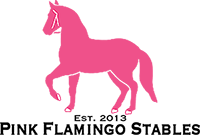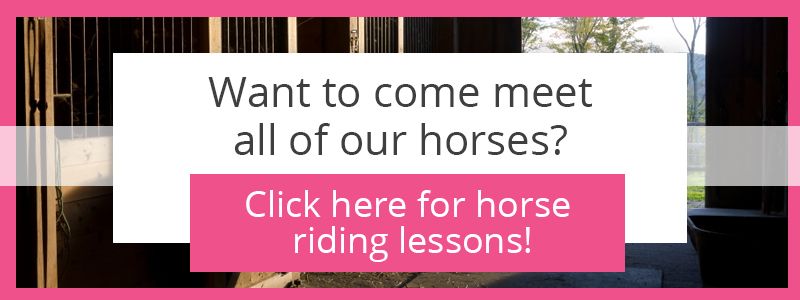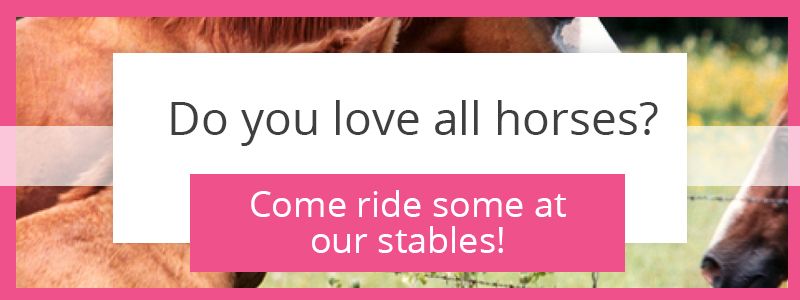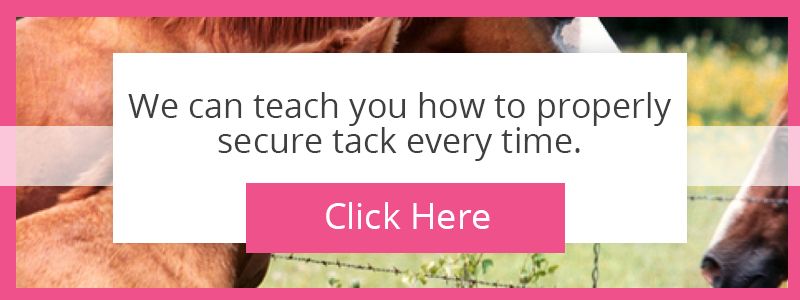Beautiful horses treated to a wonderful lifestyle.
Terms You Might Hear While Horseback Riding in Florida
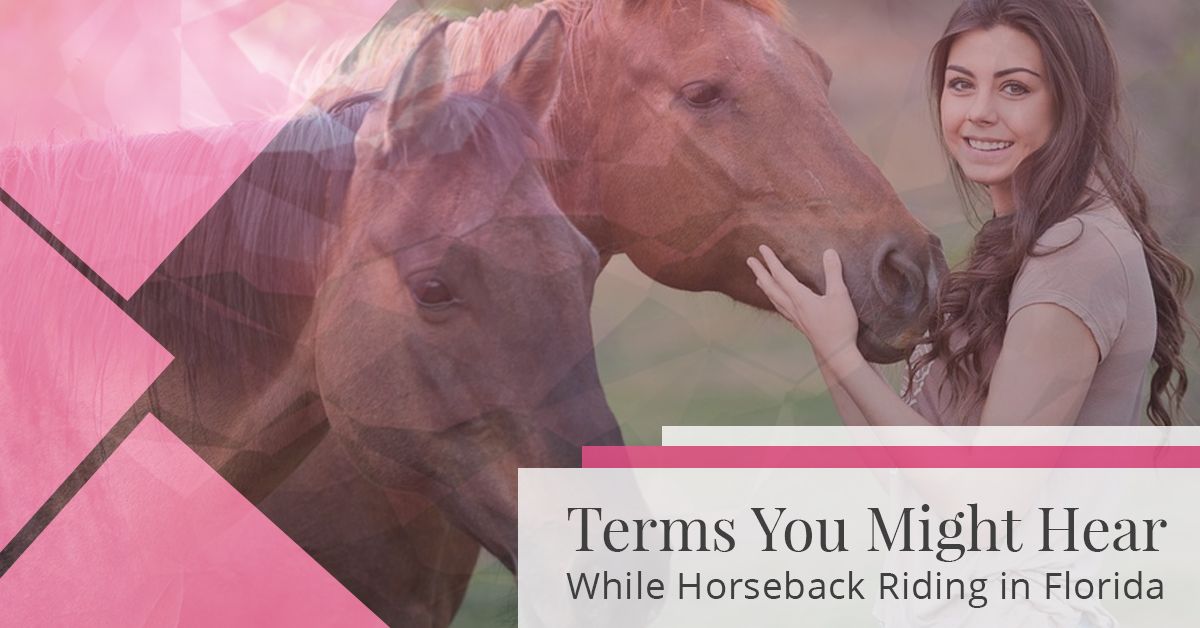
If you’ve never done any trail riding or had horseback riding lessons, you might not be familiar with some of the terms we use around a stable. There are literally hundreds of terms that are used when it comes to working with horses, many of which we’ll be exploring on this page as we build it up. Before you stop by for horseback riding lessons or trail riding here in Florida, we thought you might want to learn a little bit more about some of the most common terms you could hear when working with horses.
General Terms

Horse: You’ve probably known what a horse is since you were one year old, thanks to board books and See ‘N Says. A horse is a vegetarian quadruped mammal that has been domesticated by humans for at least 5,000 years for travel and as a beast of burden.
To understand what a horse is, it’s also important to know what it’s not. A horse is not a donkey, which is a separate equine species (though they can mate and produce mules). A horse is also not a zebra, as zebras have proven nearly impossible to domesticate (though equine/zebra hybrids, called zebroids, can be much friendlier.)
Pony: A pony is a horse, and is defined as a belonging to a horse breed that is less than 14.2 hands tall. Ponies tend to have shorter legs and thicker coats than other types of horses.
Equine: Anything that has to do with a horse or other similar Equus genus.
Equestrian: Someone who shows horses, races them, or engages in some sort of competitive riding or jumping.
Mount / Dismount: The act of getting onto and off a horse. This can be done with stirrups or other type of assist such as mobile steps. Getting back onto a horse after dismounting or falling off is called remounting.
Hand: The hand is an ancient unit of measurement that would, unfortunately, vary from person to person. For centuries the hand was described as the length between the side of the hand and the outstretched thumb. Today the hand has been standardized as four inches (101.6 mm), a measurement which is used almost exclusively to describe the height of horses. Horses are measured from the bottom of the hoof to the withers, which is the ridge between the shoulder blades.
Dressage: Dressage involves training a horse for competition, whether that’s for racing, jumping, or showing. This includes training it (using cues to change its behavior) as well as getting it physically ready (making it more limber and increasing its balance).
Manege: The area in which a horse and trainer practice together. This can be indoors or outdoors, at a stable or in an arena.
Broke-In: A broke-in horse is one that has been trained so that it can be ridden safely. Behind being broken in, a horse’s natural personality will determine whether they are better for a horse riding school or horse trail riding (or both).

Stallion: A male horse that is more than four years old and isn’t a gelding.
Mare: An adult female horse that is at least four years old.
Gelding: A castrated male horse. Horses are gelded in order to make them more calm and easy to handle. It also limits which horses are allowed to breed.
Foal: A foal refers to a newborn horse, one that has not been weaned yet. Foals are typically under a year old.
Yearling: A horse that has been weaned and is at least one year old, but is still less than two years old.
Colt: A male horse (who is not a gelding) that is younger than four years old.
Filly: A female horse that is younger than four years.
Aged: A horse that is 15 years or older.
Purebread: A horse bred from two horses that are of the same breed.

Horses have been bred over thousands of years for specific traits. Here are some of the basic groups and the jobs they perform.
Light Horses: Light horses are mostly bread for speed, agility, endurance for extended travel. These horses have smaller bones and thinner legs and tend to weigh less than 1300 pounds. Types of light horses are Quarter Horses, Morgans, Saddlebreds, Arabians, Paints, Pintos, and Thoroughbreds. These horses were bred so that they could be used with a saddle. Because of their high energy, they are sometimes referred to as warm bloods.
Heavy Horses: Draft horses (sometimes call draught horses) are horses that are bred to be beasts of burden. These tall horses (16 hands tall or taller) were used to draw plows and heavy carriages, as well as machines of war. They have stronger bones and thicker legs. The most well-known are the Clydesdales, but other famous breeds include Percherons, Shire, Belgian, and Suffolk. Because of their even temperament, they are often called “cold bloods.” If light horses are cars, heavy horses are the 18-wheelers.
Ponies: Ponies are smaller horses that are less than 14.2 hands tall. Ponies are shorter than other horses even when they’re full grown, and there are dozens of different breeds. Ponies are intelligent and have been bred for just about every purpose as traditional horses. They can be workhorses and riding horses, and they can pull small carriages. Thanks to their thicker coats, ponies tend to thrive in colder climates. Smaller ponies are also used as a learning horse for children. Common types of ponies include Shetland Pony, Welsh Mountain Pony, Icelandic Pony, and Hackney Pony.
Wild Horses: Wild horses are horses that have never been domesticated by humans. Though some individual wild horse from the group might have been domesticated, a wild horse refers to a group in nature that remains undomesticated. The most famous is Przewalski’s horse of the Eurasian steppe, which today is an endangered species. Unfortunately, another wild horse called the tarpan went extinct just over a hundred years ago.
Feral Horses: Feral horses are horses that are not currently domesticated and have returned to the wild. They were once domesticated but have escaped to roam free. Since the United States hasn’t seen a natural horse species in 10,000 years, all feral horses of the American West are descended from escapees.
Non-Horse Equines: There are many types of equines that are not horses. Sometimes they are able to be domesticated, but often they remain wild. The most obvious are zebras, donkeys, and wild asses. Less well-known examples include onagers and kiang. (While the okapi has zebra-like marking on its legs, it is more closely related to giraffes and is not an equine.)
Hybrids: Crosses between different types of equines do occur, but they are almost always sterile. The most common and useful is the mule, which is a cross between a male donkey and a female horse. Switch the parents to a male horse and female donkey and you have a hinny.
A combination of a zebra and any other equine is called a zebroid. The following names make it pretty obvious which equines mated with a zebra: zorse, zedonk, zebra mule, zonkey, and zebmule.

Tack: Tack is just about anything that is used so that a horse can be ridden effectively. This includes saddles, bridles, and bits.
Saddle: The saddle is the part of the horse on which a person sits. The saddle makes the experience more comfortable for the rider. The horse is also made more comfortable by distributing the weight more evenly across the back. Saddles are the centerpiece of any tack because nearly everything is attached to the saddle in some way. Fastening a saddle to a horse is known as saddling up.
Bridle: The bridle is tack that is attached to a horse’s head. The reins and the bit are attached to the bridle.
Bit: The part of horse tack that goes into a horses mouth. Like most animals, a horse’s mouth is sensitive, so moving the bit via reins makes turning a horse much easier.
Reins: Reins are straps that are attached to the bit in order to make a horse move in a particular direction. Pulling on the right rein move the horse right; the left rein moves them left. Except in the need of an emergency stop, gentle pulling of a rein is all that’s needed to get the desired direction change.
Blinkers: Blinkers, also known as blinders, are pieces of leather or plastic that limit a horse’s vision. This blocks the horse’s vision to the rear and side so that they’re not so easily distracted.
Harness: The gear used to attach a horse to a carriage or plow. Riding horses will probably never see a harness, though harnesses are still used in parts of the world without tractors.
Horseshoe: While not technically tack due to the fact that horseshoes aren’t removed every day like other equipment is, horseshoes are certainly something that horses need. While very hard, as a horse’s hooves are still susceptible to cracking due to the weight we add to them and the surfaces on which we ask them to walk on. Metal U-shaped horseshoes protect the hoof while not causing any pain to the horse.

Gait: Any number of ways that a horse moves its limbs for locomotion, depending on the task being carried out. The natural gaits are walking, trotting, cantering, and galloping. A gait is not restricted to horses and can describe any animal’s limb usage for movement.
Artificial Gaits: Any gait that has been implemented into the horse’s movements by a trainer. These include the running walk, slow gait, pace, and rack.
Impulsion: The forward movement caused by the horses back legs and hindquarters.
Cadence: Cadence is a term used to describe the rhythm of a horse’s stride.
Walk: Much like humans, a walk is the slowest gait that still gets the horse where it wants to be.
Trot: The trot is a two-beat gait where diagonal legs hit at the same time. For instance, the front-right leg will strike at the same time as the back-left leg.
Canter: The canter is halfway between a trot and a gallop. It has a distinctive three-beat cadence.
Gallop: The fastest gait that has four beats. During a gallop, all four of the horse’s feet are off the ground, technically making it airborne.

Hoof: The hard part of the horse’s foot that touches the ground. Horse hooves have no pain receptors, allowing horseshoes to be nailed into the hoof to prevent cracking and other damage brought on by walking on hard surfaces.
Cannons: The cannons are the horse’s lowermost leg but above the hoof; from the knee to the ankle (fetlock).
Forefoot: Either front food of a horse. The forefeet are called either the near fore (left front leg) or the off fore (right front leg)
Flank: The sides of the horse that the saddle covers.
Near Side/Off Side: How to refer to the sides of the horse, similar to port and starboard in nautical terms. The near side is the left side of a horse, the off side is the right side.
Hindquarters: The rear of the horse, including the buttocks, upper rear legs, tail, and croup (lower vertebrae). Never approach a horse from the rear and start by touching any part of its hindquarters. Horses have a blind spot there, and it could cause it to startle and kick you.
Mane: The hair that grows from the back of a horse’s neck from the poll to the withers. A horse’s mane is there to keep the neck warm and protect from flies.
Poll: The part of a horse on top of the head between the ears. This part is particularly sensitive to a horse. The crownpiece of the bridle passes right over the poll, so it’s important the right amount of pressure is put on each rein.
Withers: The withers of an animal is the ridge between the shoulder blades. The withers are used to measure a horse (see hand above) because it is a height that does not change as the horse moves its neck.

Learning about horses is fun, but it’s seldom as fun as riding them! Here at Pink Flamingo Stables, we’d love to get you some first-hand knowledge of horses at our beautiful location in Lake Worth. We welcome people from all over the area — Delray Beach, Boynton Beach, Wellington, West Palm Beach — and entertain visitors from around the country who are here to enjoy some time riding horses in gorgeous surroundings. How can you get in on the action?
Horseback Riding Lessons
We love horses, and we love to share our love of horses with those who want to spend the time to get to know them better. Horseback riding lessons aren’t just about riding horses; they’re about forming a bond with them. Sure, that includes a lot of riding, but it also involves learning how to connect. This means learning about tack, the best way to approach them, how to get them to do what you want, and so much more. The closer a person gets to a horse, the better that they can get a horse to adopt a certain gait or to jump at the proper time.
It doesn’t matter whether you’re competition-focused or are simply in it for the love of horses; we want to impart our knowledge and make you a better rider. Find out more about horse riding lessons right here!
Trail Riding
There are many reasons why people would want to check out our trail riding in Lake Worth. Some are from the area and are simply looking for a fun family activity on a Saturday afternoon. Others are wanting to take someone out for a special occasion, such as a Valentine’s Day date Trail riding also makes a great activity for anyone interested in celebrating a birthday with a loved one.
Of course, trail riding is also a great option for anyone looking for an office retreat to get out of the building for a while. Finally, we get quite a few people who are here on vacation and want to see a different side to Florida that they wouldn’t usually get to experience. Check out some pictures from our trail riding here and find out more about our rates.
What Are You Waiting For?

If you’re ready to have some fun and ride some of our beautiful horses, click here to contact us or schedule an appointment. Whether you’re interested in weeks of horse riding less or a single day riding around, we’d love to introduce you to our equine friends!
